21 October 2010
Union Pension Fund Swindles, Their Democrat Henchmen, and the Beknighted Taxpayer
The unions prefer defined benefit pension plans to defined contribution pension plans. They claim they want the risk in the plans to be with the employer, not the union member. Defined benefit plans are either single employer plans or multiemployer plans. The unions tend to prefer the latter, especially in heavily unionized industries such as construction, transportation, hotels, food, and entertainment. The multiemployer plans were created by the Taft-Hartley Act of 1947 and allow workers to leave one company in the same industry for another while remaining in the same union or the same multiemployer agreement. About 20% of workers in defined benefit pension plans are in multiemployer plans, or about 10 million active and retired workers.
There are about 1,500 multiemployer-union pension plans in the United States. A pension plan that is less than 80% funded to meet its liabilities is defined by the Pension Protection Act of 2006 as endangered. If it has less than 65% of the assets needed to meet obligations, it is defined as critical. According to studies by Diana Furchtgott-Roth of the Hudson Institute and by economist Andrew Brown, in 2006 before the recession arrived, only 17% of these union plans were fully funded, though 35% of non-union defined benefit plans were fully funded. Only 59% of union multiemployer pension funds were above endangered status, though 86% of non-union plans were. 13% of union plans were in critical status, while only 1% of non-union plans were.
It seems that unions are systematically eager to "win" higher retirement benefit payouts to their members so they can win re-election and members will stay with the union. But, they are not diligent in seeking to keep the pension plans secure and safe. In fact, in 2006, of the 438 union pension plans in critical condition, only 5% were even contributing enough money to pay for the current costs. In comparison, there were 54 non-union defined benefit plans in critical condition, but 39% were at least meeting current annual costs with contributions.
The Government Accountability Office studied multiemployer plans over the time period of 1980 to 2006 and found that in 1998 the number of contributing active workers was equal to the number of retirees on the plans. Presently, the Teamsters union Central States pension fund has four times as many retired workers as active workers paying into the plan. There are many union members who expect retirement payouts of $60,000 a year who are likely to receive only the Pension Benefit Guarantee Corporation maximum of $12,870 per year for a union worker with 30 years of work! The unions hide this possibility from their members.
Since the recession hit, the situation with underfunded pension plans is worse for most defined benefit plans, but most especially for the union multiemployer plans. The 230 critical condition pension plans of 2008 were up to 640 in 2009, despite the reporting requirement actually lagging the present condition of these plans. In hard times, more companies fail. In these multiemployer pension plans, the remaining companies in the plan have to pick up the costs of the pensions for the employees in the plan who may never have worked for them. The burden of covering the orphaned workers can become huge. Since unions in the private sector are very skilled at killing their employer, this is a common problem.
Many plans which have experienced failing companies, are very dependent upon bringing new workers into the plan. This is a very strong incentive for the unions to force new companies to unionize to keep the Ponzi scheme going. The card check, or the words-have-no-meaning Employee Free Choice Act bill which was so strongly desired by the unions, was to serve this purpose. That plan, having failed to pass Congress, has now been supplanted by Senator Casey's (D, PA) bill, the Create Jobs and Save Benefits Act of 2010, which he hopes to get passed in the Lame Duck session of Congress after the Democrat's election Armageddon. Representatives Earl Pomeroy (D, ND) [who appears to be losing re-election] and Patrick Tiberi (R, OH) have a union pension bailout plan called the Preserve Benefits and Jobs Act of 2009, which they introduced a year ago. In July 2009, I posted Is a Government Take-Over of Pension Plans Coming? If the Democrats have their way, it apparently is.
How big a liability are these Congressional hacks selling out the American People on? We do not know. But, last September Moody's Investor Services examined the Labor Department's Form 5500 reports of 126 multiemployer pension plans in 2007. Remember this is only 126 plans out of about 1500! In 2007, they said these plans were only 77% funded, with a total funding shortfall of $87 billion. Moody's estimated that the 2008 data for these funds would show that they were only 56% funded and the shortfall would be about $165 billion. Brett McMahon, vice president of Miller & Long Construction Co., an expert in the union pension fund issues, believes the total unfunded liability for the 1500 plans may be about $700 billion!
This building crisis is about to collapse the dam. The Financial Accounting Standards Board (FASB) is likely to implement a new rule to take effect on 15 December requiring that companies more accurately report their liabilities for their multiemployer pension plans. When the Kroger grocery store chain reported its multiemployer pension plan liabilities had more than doubled in a year to $1.2 billion, it mortified stock analysts and credit agencies. YRC Worldwide, a trucking company, owed about $2 billion to various multiemployer pension plans in 2009 and about half of that will be paid to retirees who have never worked for a YRC Worldwide company. The UPS paid $6.1 billion to leave the Teamsters Central States pension fund in 2008, before it declared it was in critical status in 2009.
These huge liabilities now greatly concern Moody's and Standard and Poor's. They concern Wall Street and bankers and creditors, at least those on their toes. After the new reporting requirements take hold on 15 December, many more of these banks and creditors will become aware of the problem. This will be cause for considerable new economic woe. The resulting situation will be very bad for many unionized companies and terrible for the private sector unions. The Republicans will control the House of Representatives. Redistricting according to the 2010 Census will probably help the Republicans to keep future control. With unionized companies collapsing more rapidly because no banks will loan to them if they are liable for multiemployer pension funds, the funds will collapse catastrophically as company after company collapses. The unions will be smothered with class action lawsuits by their members for being negligent in protecting their retirements. And, the unions days of buying elections for the Democrats will be over, except for the public sector unions.
The SEIU, which is so close to Obama and the Democrats, already has announced that its multiemployer pension fund is in a critical status. That happen in early 2009. Many more union pension funds will follow. Can you imagine the sense of betrayal many of the today's union members will feel? Especially since Furchtgott-Roth and Brown found that union staff have much better funded pension funds than do union members. Even worse, union officials have much better funded pension plans than do the union staff! It seems the union officials were always well-aware of the shaft they were giving to their members! They protected their elitist selves, while committing a serious fraud upon their members.
There are about 1,500 multiemployer-union pension plans in the United States. A pension plan that is less than 80% funded to meet its liabilities is defined by the Pension Protection Act of 2006 as endangered. If it has less than 65% of the assets needed to meet obligations, it is defined as critical. According to studies by Diana Furchtgott-Roth of the Hudson Institute and by economist Andrew Brown, in 2006 before the recession arrived, only 17% of these union plans were fully funded, though 35% of non-union defined benefit plans were fully funded. Only 59% of union multiemployer pension funds were above endangered status, though 86% of non-union plans were. 13% of union plans were in critical status, while only 1% of non-union plans were.
It seems that unions are systematically eager to "win" higher retirement benefit payouts to their members so they can win re-election and members will stay with the union. But, they are not diligent in seeking to keep the pension plans secure and safe. In fact, in 2006, of the 438 union pension plans in critical condition, only 5% were even contributing enough money to pay for the current costs. In comparison, there were 54 non-union defined benefit plans in critical condition, but 39% were at least meeting current annual costs with contributions.
The Government Accountability Office studied multiemployer plans over the time period of 1980 to 2006 and found that in 1998 the number of contributing active workers was equal to the number of retirees on the plans. Presently, the Teamsters union Central States pension fund has four times as many retired workers as active workers paying into the plan. There are many union members who expect retirement payouts of $60,000 a year who are likely to receive only the Pension Benefit Guarantee Corporation maximum of $12,870 per year for a union worker with 30 years of work! The unions hide this possibility from their members.
Since the recession hit, the situation with underfunded pension plans is worse for most defined benefit plans, but most especially for the union multiemployer plans. The 230 critical condition pension plans of 2008 were up to 640 in 2009, despite the reporting requirement actually lagging the present condition of these plans. In hard times, more companies fail. In these multiemployer pension plans, the remaining companies in the plan have to pick up the costs of the pensions for the employees in the plan who may never have worked for them. The burden of covering the orphaned workers can become huge. Since unions in the private sector are very skilled at killing their employer, this is a common problem.
Many plans which have experienced failing companies, are very dependent upon bringing new workers into the plan. This is a very strong incentive for the unions to force new companies to unionize to keep the Ponzi scheme going. The card check, or the words-have-no-meaning Employee Free Choice Act bill which was so strongly desired by the unions, was to serve this purpose. That plan, having failed to pass Congress, has now been supplanted by Senator Casey's (D, PA) bill, the Create Jobs and Save Benefits Act of 2010, which he hopes to get passed in the Lame Duck session of Congress after the Democrat's election Armageddon. Representatives Earl Pomeroy (D, ND) [who appears to be losing re-election] and Patrick Tiberi (R, OH) have a union pension bailout plan called the Preserve Benefits and Jobs Act of 2009, which they introduced a year ago. In July 2009, I posted Is a Government Take-Over of Pension Plans Coming? If the Democrats have their way, it apparently is.
How big a liability are these Congressional hacks selling out the American People on? We do not know. But, last September Moody's Investor Services examined the Labor Department's Form 5500 reports of 126 multiemployer pension plans in 2007. Remember this is only 126 plans out of about 1500! In 2007, they said these plans were only 77% funded, with a total funding shortfall of $87 billion. Moody's estimated that the 2008 data for these funds would show that they were only 56% funded and the shortfall would be about $165 billion. Brett McMahon, vice president of Miller & Long Construction Co., an expert in the union pension fund issues, believes the total unfunded liability for the 1500 plans may be about $700 billion!
This building crisis is about to collapse the dam. The Financial Accounting Standards Board (FASB) is likely to implement a new rule to take effect on 15 December requiring that companies more accurately report their liabilities for their multiemployer pension plans. When the Kroger grocery store chain reported its multiemployer pension plan liabilities had more than doubled in a year to $1.2 billion, it mortified stock analysts and credit agencies. YRC Worldwide, a trucking company, owed about $2 billion to various multiemployer pension plans in 2009 and about half of that will be paid to retirees who have never worked for a YRC Worldwide company. The UPS paid $6.1 billion to leave the Teamsters Central States pension fund in 2008, before it declared it was in critical status in 2009.
These huge liabilities now greatly concern Moody's and Standard and Poor's. They concern Wall Street and bankers and creditors, at least those on their toes. After the new reporting requirements take hold on 15 December, many more of these banks and creditors will become aware of the problem. This will be cause for considerable new economic woe. The resulting situation will be very bad for many unionized companies and terrible for the private sector unions. The Republicans will control the House of Representatives. Redistricting according to the 2010 Census will probably help the Republicans to keep future control. With unionized companies collapsing more rapidly because no banks will loan to them if they are liable for multiemployer pension funds, the funds will collapse catastrophically as company after company collapses. The unions will be smothered with class action lawsuits by their members for being negligent in protecting their retirements. And, the unions days of buying elections for the Democrats will be over, except for the public sector unions.
The SEIU, which is so close to Obama and the Democrats, already has announced that its multiemployer pension fund is in a critical status. That happen in early 2009. Many more union pension funds will follow. Can you imagine the sense of betrayal many of the today's union members will feel? Especially since Furchtgott-Roth and Brown found that union staff have much better funded pension funds than do union members. Even worse, union officials have much better funded pension plans than do the union staff! It seems the union officials were always well-aware of the shaft they were giving to their members! They protected their elitist selves, while committing a serious fraud upon their members.
Subscribe to:
Post Comments (Atom)















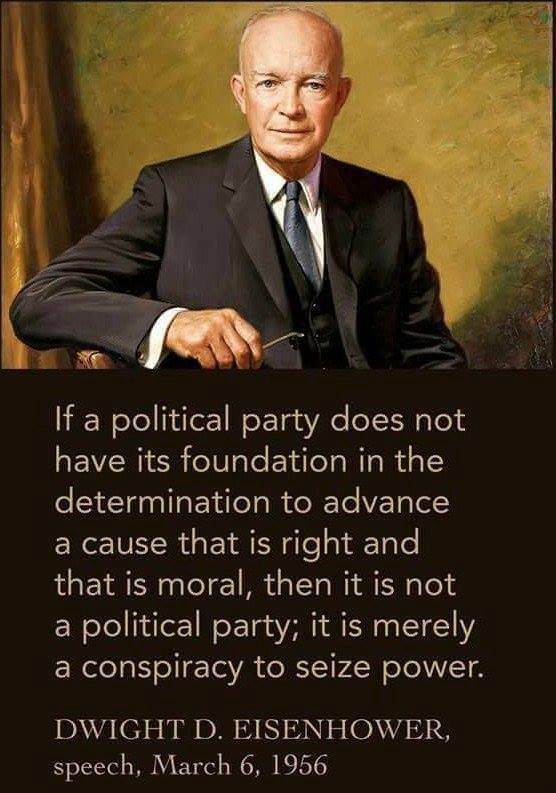
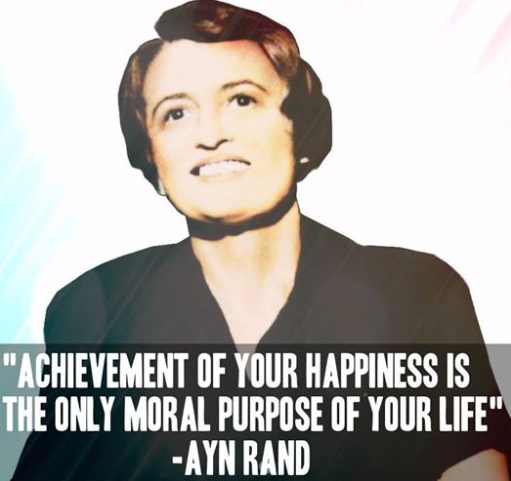


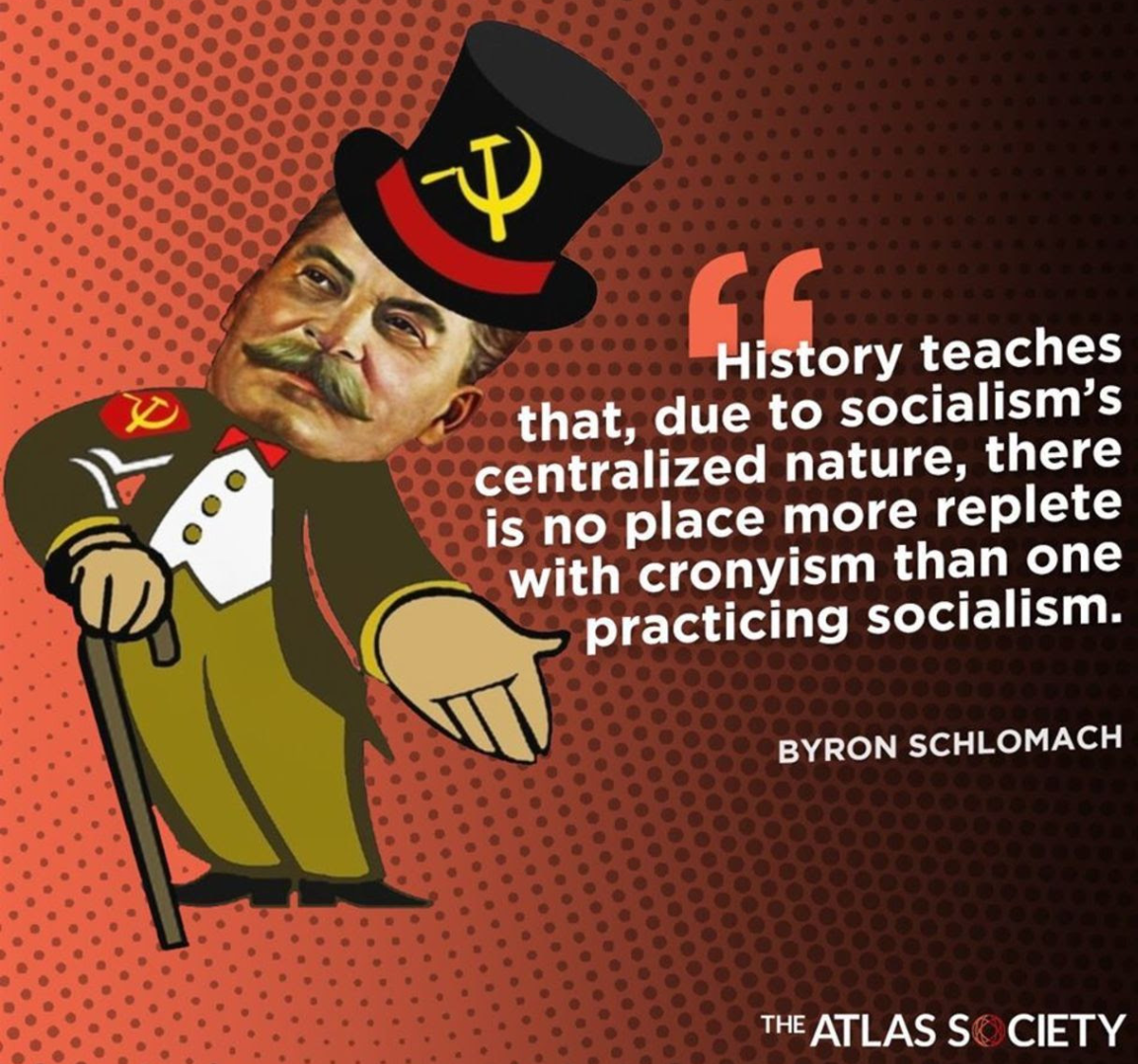
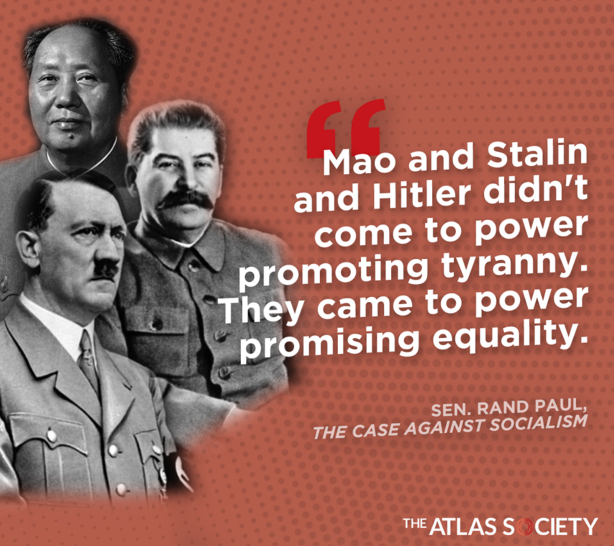
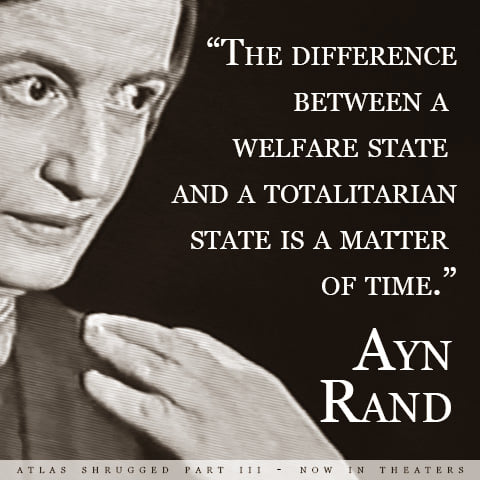

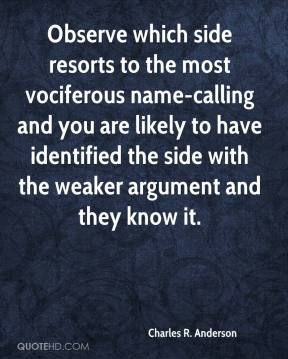





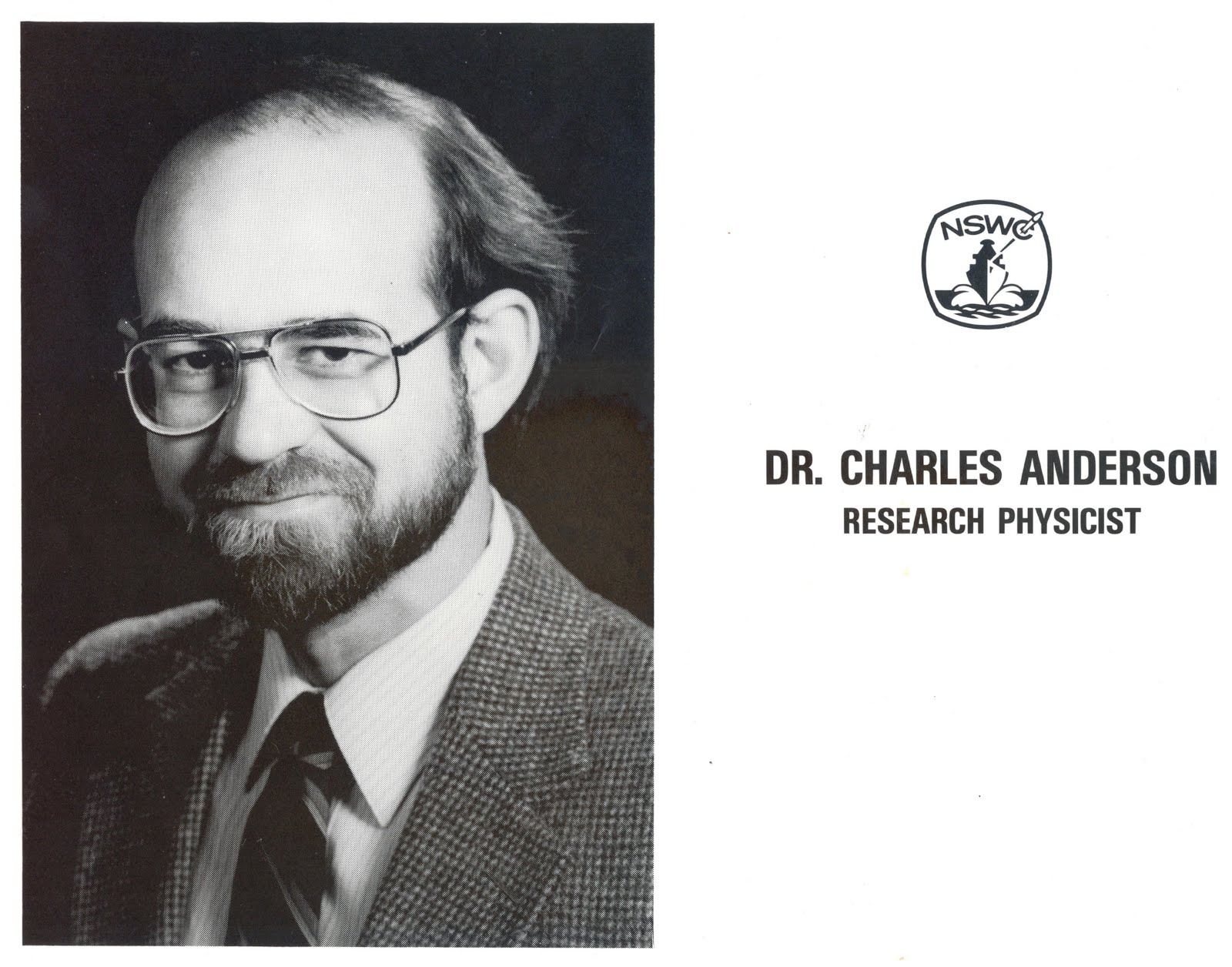





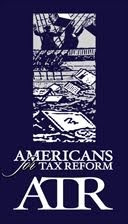



























No comments:
Post a Comment